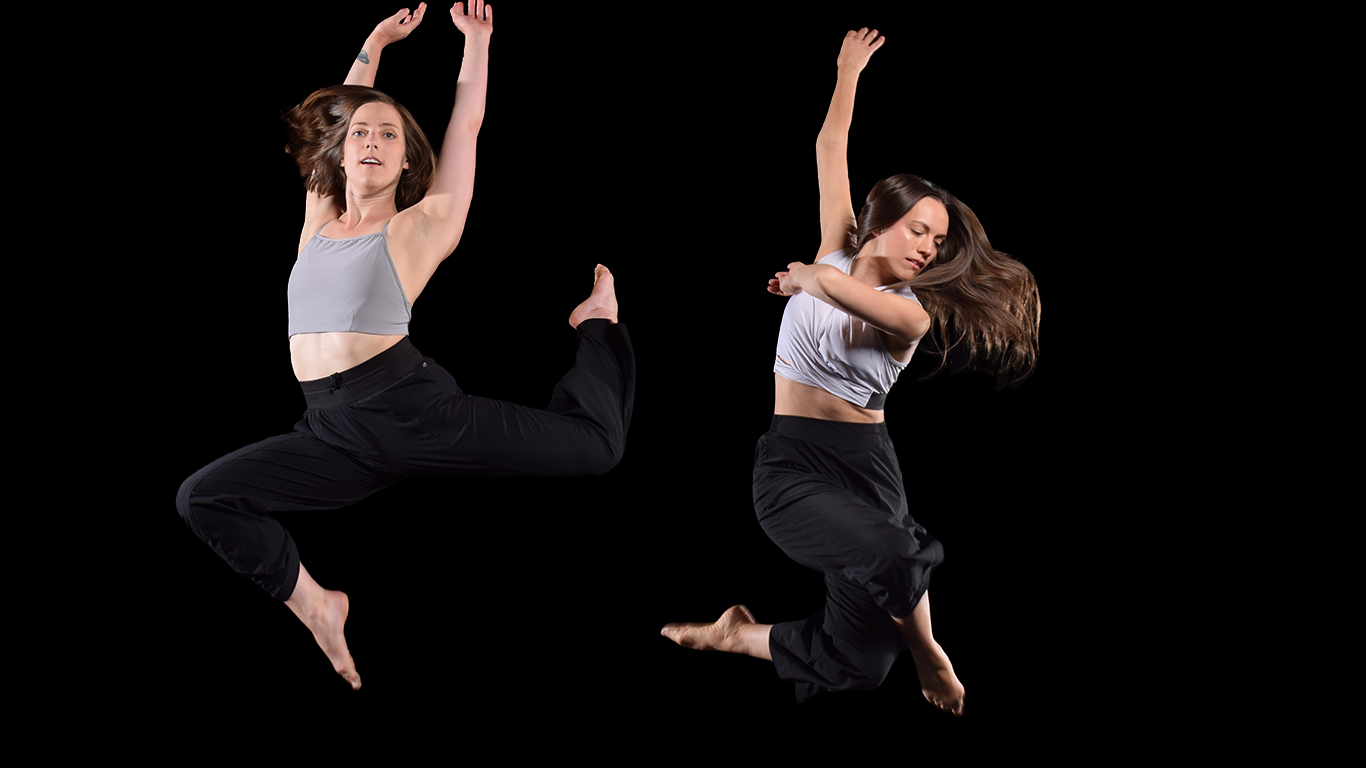From the Artistic/Executive Director: SANCTUARY
Written by Linda C. Smith
Artistic/Executive Director

We live in a country like no other. As Americans, the landscape we call home has always been part of our continuing story.
Since the early 1990’s, RDT has been commissioning works that celebrate and examine our human connection to land and water, critical issues here in America’s Mountain and Southwest regions. SANCTUARY focuses on landscapes that are mysterious and powerful. It is a concert designed to raise consciousness about how we relate to the environment and to the precious elements that sustain it.
Repertory Dance Theatre believes that each of us has a unique “sense of place” that can be explored through movement and art. Out of this impulse now comes RDT’s new initiative “Sacred Lands/Sacred Waters” and its first iteration, linked to the newly-proclaimed Bears Ears National Monument in southeastern Utah. Titled Dancing the Bears Ears, this new commission has been hatching for over 25 years.
As part of a years-long association with New York City-based Zvi Gotheiner, RDT commissioned a new work through an ambitious project that involved bringing Gotheiner and his company, ZviDance, to Utah to join RDT at the newly-proclaimed Bears Ears National Monument. The two companies embarked on a mission to gather information and inspiration for a new work. As artists, we wanted to allow the history, the sights and sounds of a landscape to literally “move us.”
RDT formed a partnership with the Utah Diné Bikéyah, a nonprofit organization that works toward the healing of people and the earth by supporting indigenous communities in protecting their culturally significant, ancestral lands. Diné Bikéyah means “people’s sacred lands” in the Navajo (Diné) language, and UDB was instrumental in bringing together five Native American tribes to secure the monument.
Under the direction of UDB’s Executive Director Gavin Noyes, members of RDT and ZviDance, along with Navajo guides, Ida Yellowman, Mary Benally and Jonah Yellowman embarked on an incredible five-day journey into Bears Ears. Videographer, Marty Buhler was there to document the process.
As we began to open our eyes, hearts and minds to the breathtaking landscape, we soon realized that our sense of time and our perspectives were changing.
Earlier, author Stephen Trimble had told us, “We can’t understand Bears Ears unless we see the landscape for what it is, a living library of indigenous knowledge, a font of strength and healing.” He was right.
Multiple indigenous cultures have inhabited, crossed, and built civilizations on these lands. The Bears Ears has been important to Native American people as a homeland and a place of renewal from time immemorial. “The Bears Ears is home to the dwellings of our ancestors,” Regina Lopez-Whiteskunk (Ute Mountain Ute) has written, “the final resting places of our people, and sacred areas where our people still collect traditional herbs and medicines today.”
Lands within the region are among the most significant in the country. There are more than 100,000 cultural sites on the land that can give us a glimpse into the past, but to Native Americans as well as to many others, it is also a portal to the world of something more ephemeral, even sacred.
Ida’s Song from RDT on Vimeo.
Our Native guides asked us to “listen” to the land. They asked us to respect their history and to use our senses to gather the stories that were embedded in the earth, in the plants and in the rocks. The things we saw, heard, sensed and experienced were translated into movement and eventually into choreography. The experience changed us.
The controversy over who will be responsible for the stewardship of the Monument continues.
For Navajo leader Willie Grayeyes, “Protecting Bears Ears is not just about healing for the land and Native people. It’s for our adversaries to be healed, too. I truly believe we can all come out dancing together.”
The Bears Ears National Monument and all of our protected lands and waters epitomize this impulse to protect and preserve. This land speaks to all of us about the spiritual and mythological connections we have to each other and to the earth, not only in Utah but across the nation.
“If the earth does grow inhospitable toward human presence,” wrote the late “eco-prophet of the land” Thomas Berry, “it is primarily because we have lost our sense of courtesy toward the earth and its inhabitants, our sense of gratitude, our willingness to recognize the sacred character of habitat, our capacity for the awesome, for the numinous quality of every earthly reality….What is needed on our part is the capacity for listening to what the earth is telling us.”
![]()
Executive / Artistic Director
SANCTUARY runs October 5-7 at the Rose Wagner Performing Arts Center. Tickets are available for $15-30 via www.arttix.org.
 Linda C. Smith is the Executive/Artistic Director of RDT. A founding member of the Company, she now divides her time between preparing budgets for grants and wrangling dancers in the studio. She can also be seen vacuuming the RDT Offices.
Linda C. Smith is the Executive/Artistic Director of RDT. A founding member of the Company, she now divides her time between preparing budgets for grants and wrangling dancers in the studio. She can also be seen vacuuming the RDT Offices.





